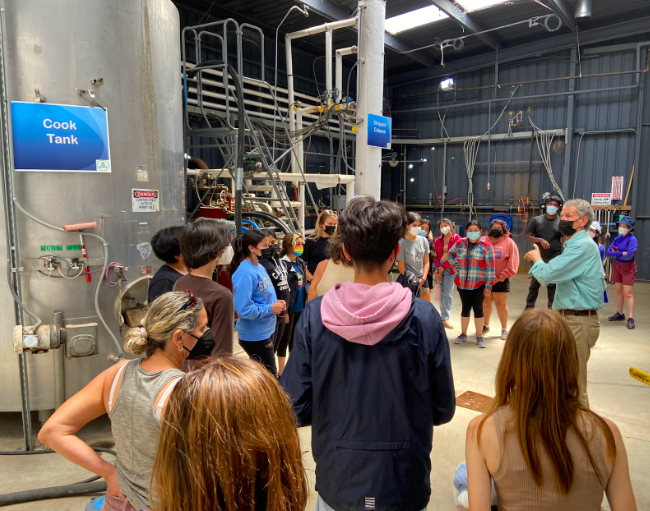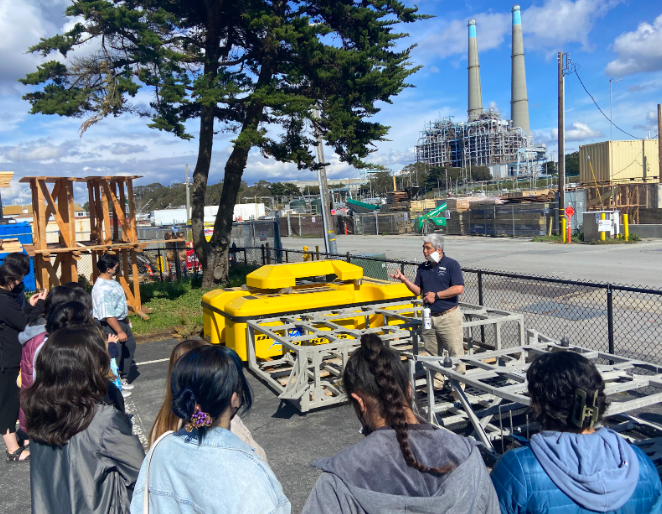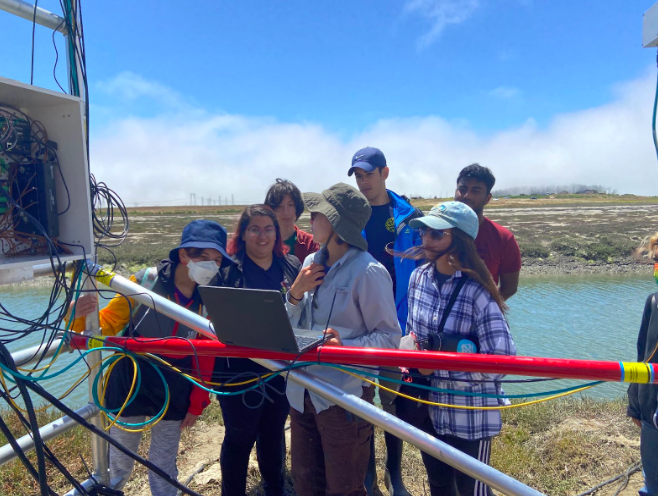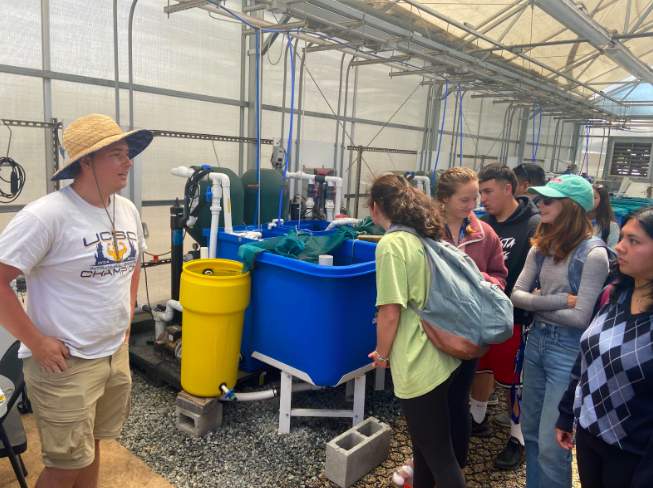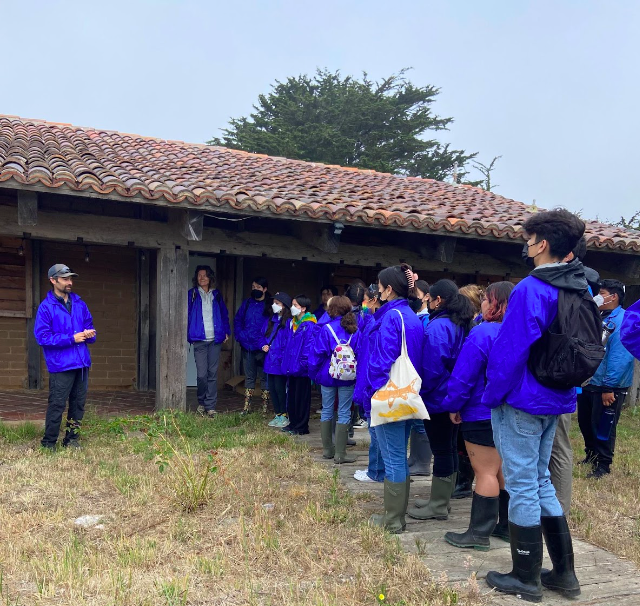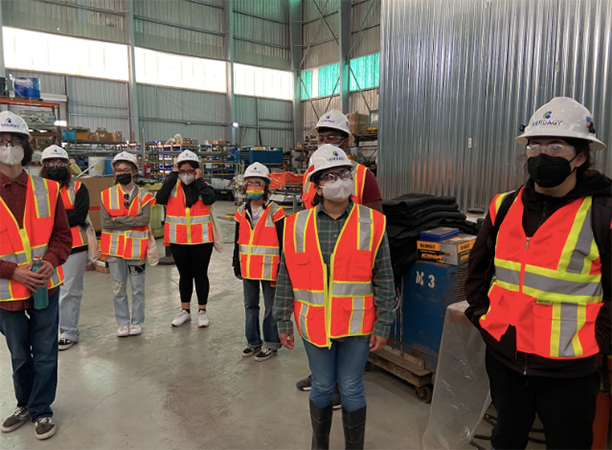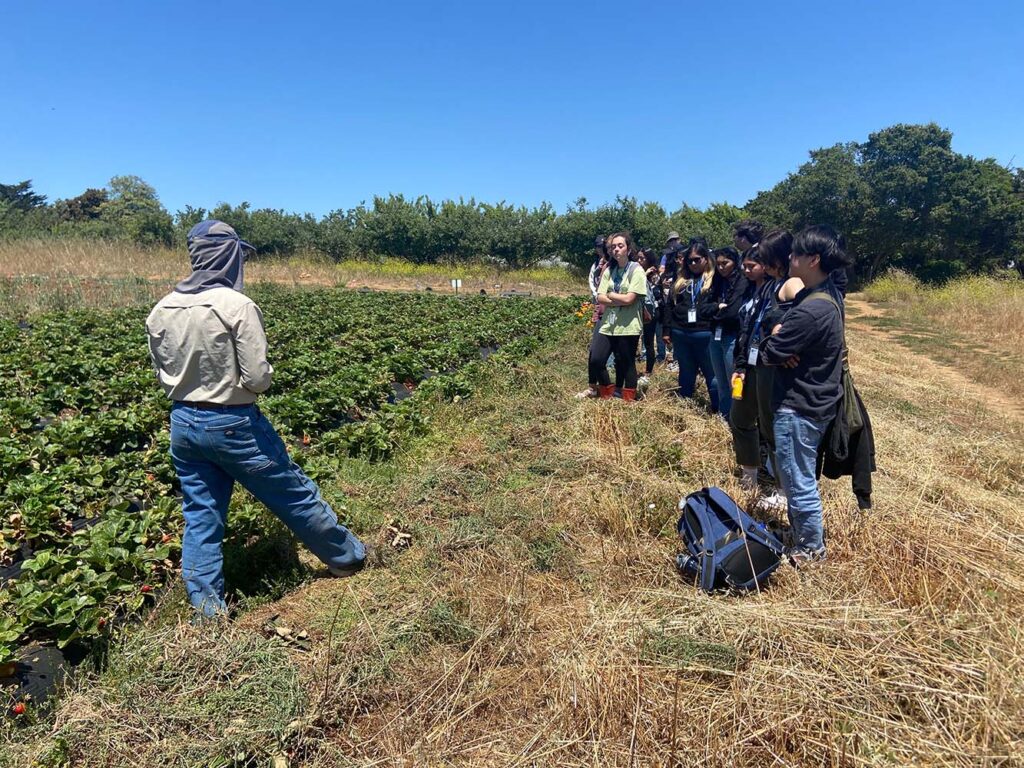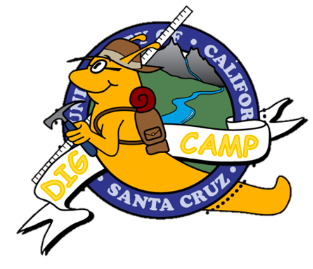The DIG CAMP program is built around interactions with local community partners. The steps DIG CAMP took to create community partners were:
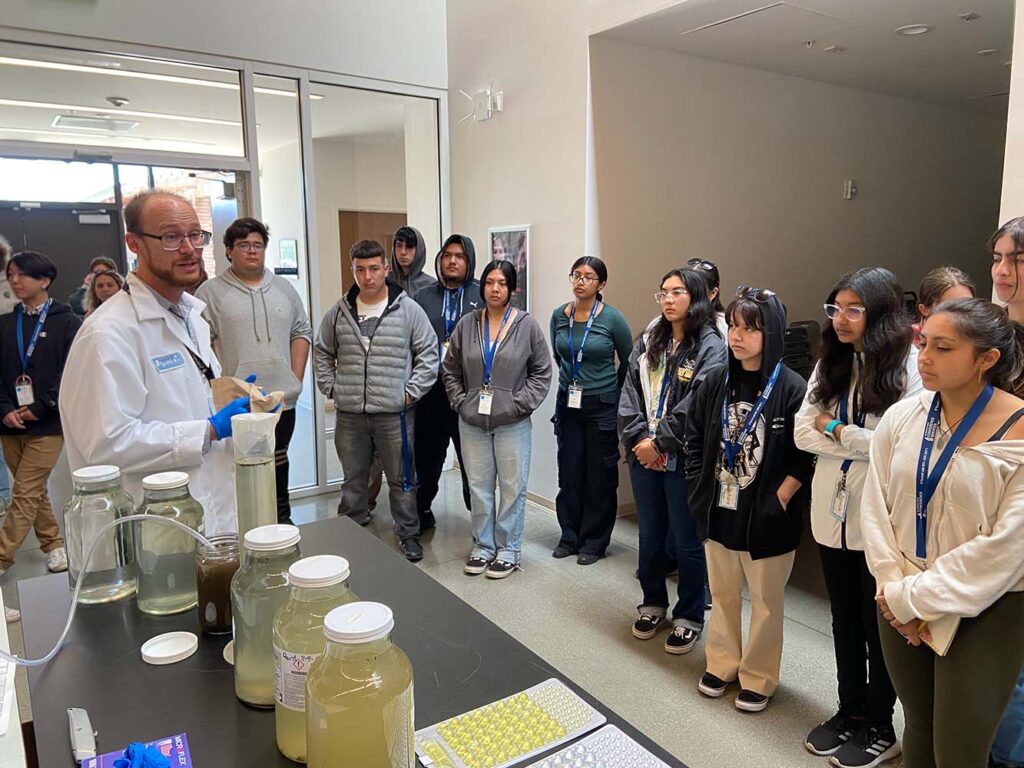
- Identify Partners. A potential Community Science Partner for DIG CAMP was a geoscience-focused research and industrial institution, located no more than 30 miles from our partnering School District. Some quick research can identify an institution’s mission toward education and community outreach.
- Create a Partnership. Our partners had a mission to share their work with their community; in most cases, they wanted to target schools and families but had yet to find a connection at a district level. DIG CAMP made the connections, by:
- identifying and communicating common goals – to contextualize local geosciences and share the climate-related issues and solutions being addressed with community members.
- designing experiences to meet the needs of both the students from the district and the Community Science Partner. This apparent language barrier between Community Science Partners and school districts is a topic being explored by DIG IT (Data in Geosciences in Teaching), an on-going NSF-funded project (NSF # 2325493 Collaborative Research: GEOPAths).
- Design the Experience. DIG CAMP worked with Community Science Partners ranging from novice to expert at giving field trip experiences to high school students.

Pre-field experience, DIG CAMP staff shared:
- Student Outcomes: engage with environmental and climate data in their community; participate in contextualized site-based learning opportunities; and be introduced to STEM careers and the many career pathways taken by site workers.
- Effective pedagogies: engaging groups of high school students in informal learning settings with complex geoscience concepts can be challenging.
- Field experience logistics: date and time, accessibility needs, and contact information.
For the students and school district, DIG CAMP staff:
- Completed District Field Trip paperwork with students and families.
- Introduced students to the Community Science Partner, described the purpose of the field trip, and activated prior knowledge of the science content we aimed to build on.
- During field experiences, DIG CAMP staff are present to support Community Science Partner presenters with group logistics as well as helping make additional connections to the students and their communities and priming student-driven discussions.
We’d like to thank our Community Science Partners for their contributions to DIG CAMP
